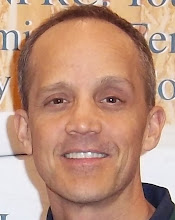
Tom Culp with Birch Point Consulting, Chair of the Annual Energy Performance Subcommittee, briefed the membership on the current status of NFRC’s efforts to create an Annual Energy Performance Rating. Past balloting cycles brought a 90% consensus and resulted with the approved NFRC 901 (approved in June 08) document with specific (default) house parameters.
He challenged the group to dive back into the work of moving forward with the total reference house – taking a look at key issues with how to account for variable operational parameters for the reference home such as temperature set points, interior shading and dynamic windows.
Culp proposes to put a ballot forward before the Summer 09 meeting and opened up a discussion to receive feedback on accounting for variability. Several members agreed that heating and cooling energy use be reported separately. However the room was divided on the issues of doing research to determine an average home use versus using a determined value with an error/disclaimer bar.
A specific request for awning industry participation was made as the emerging technology should be considered in future endeavors.
An email interest sheet was circulated throughout the room to participate actively with group. Members may also contact NFRC Staff to add their name to the list or follow along on-line at the Annual Energy Performance SC Web page to participate in the discussion between meetings.












